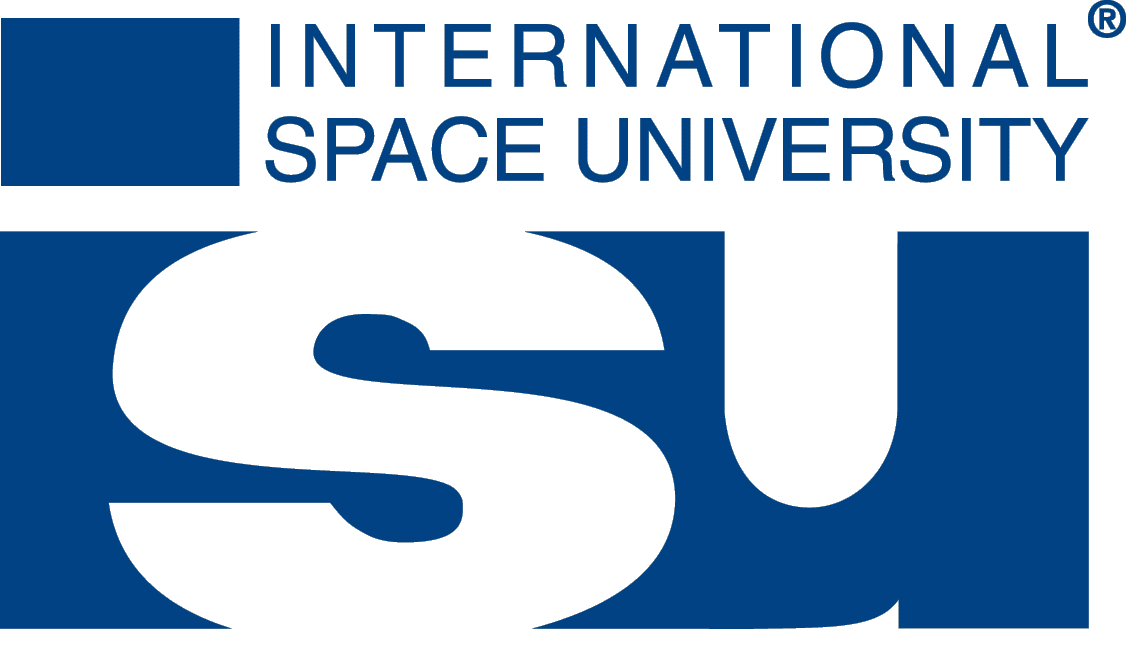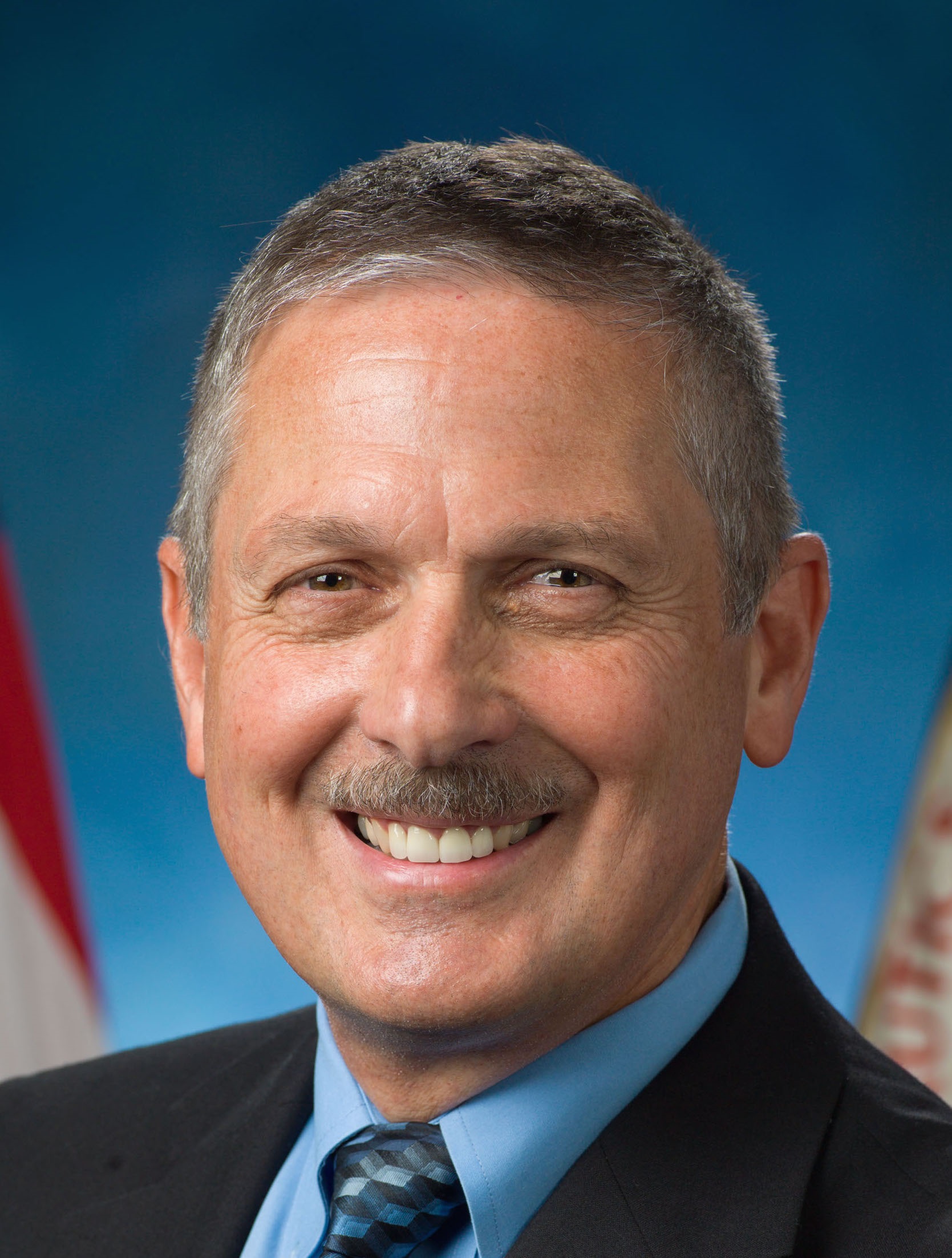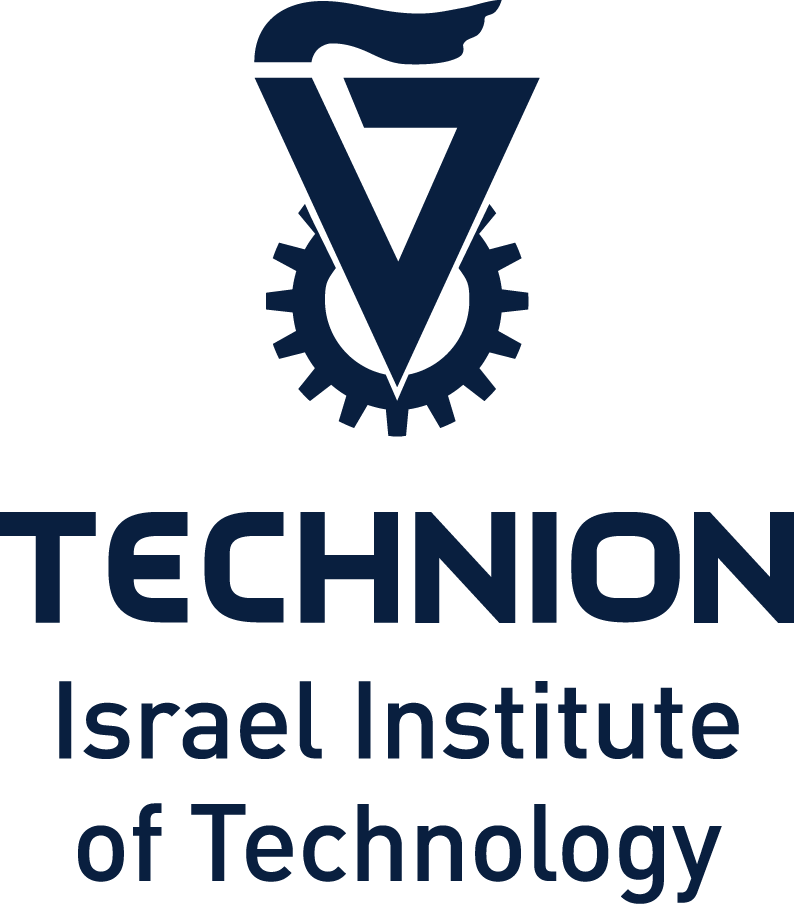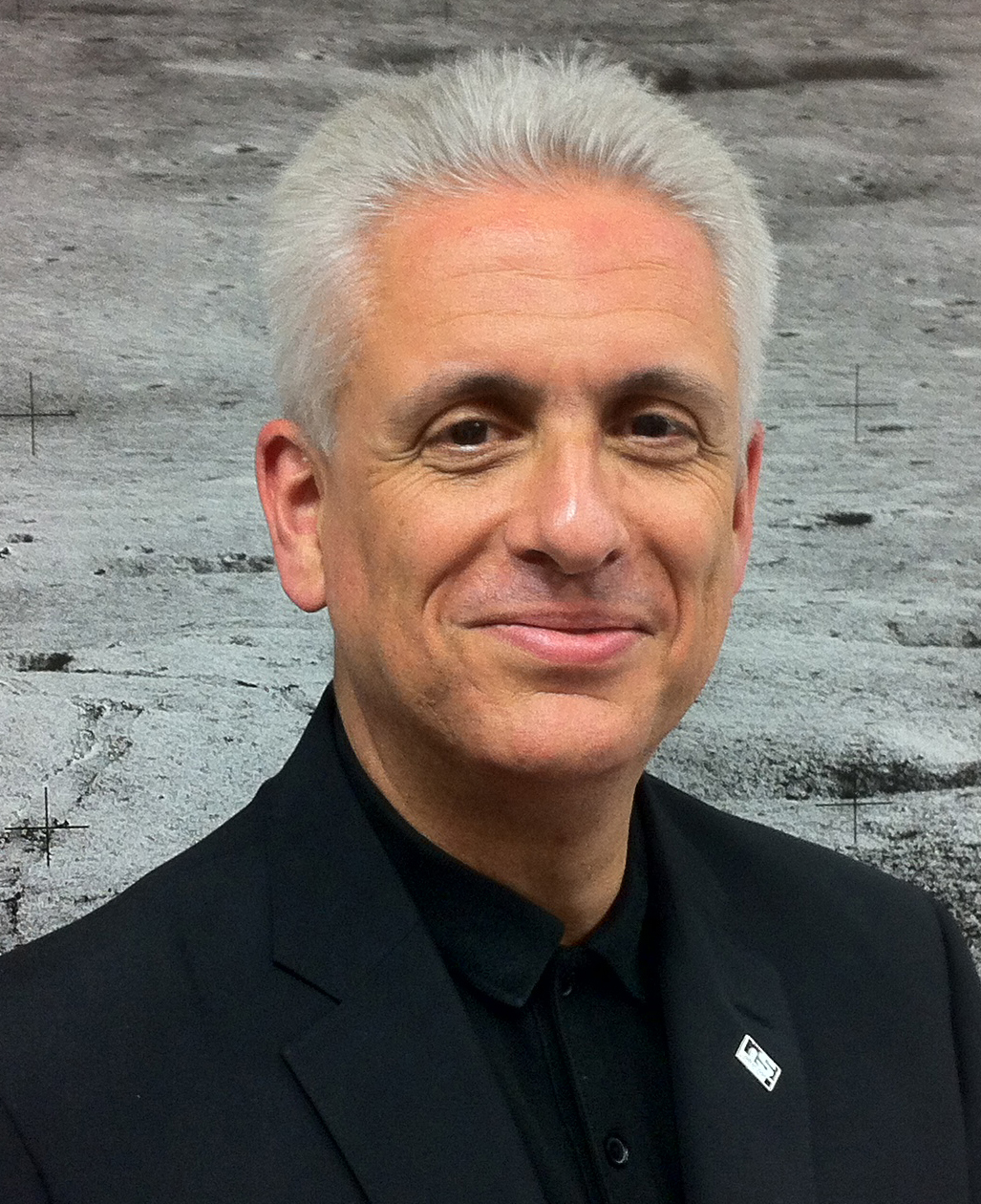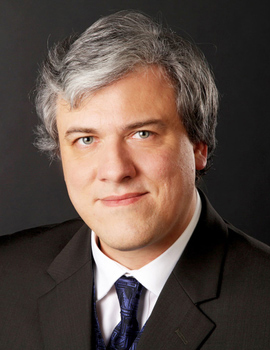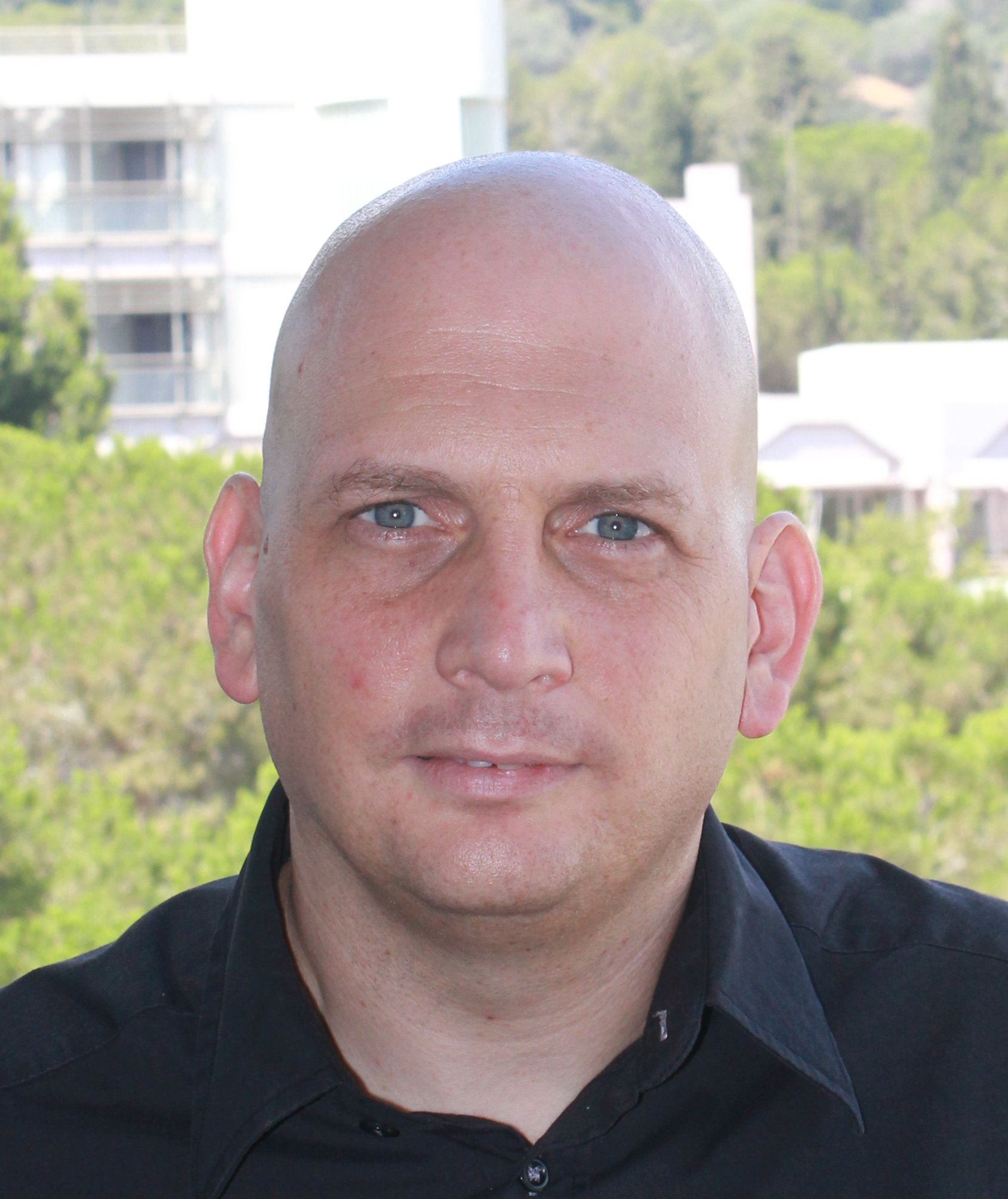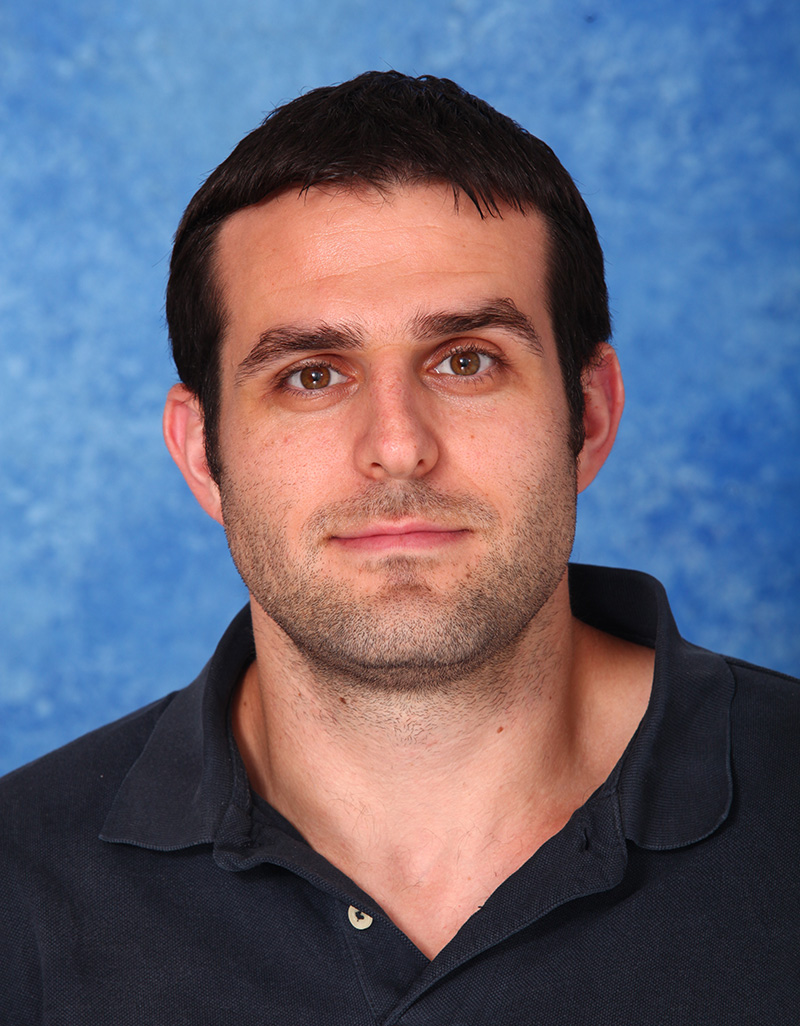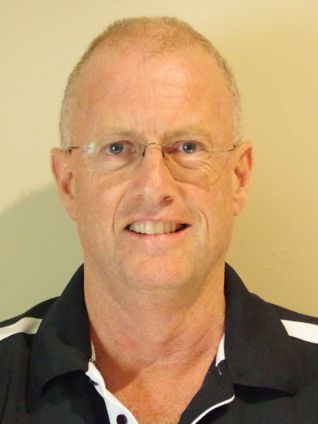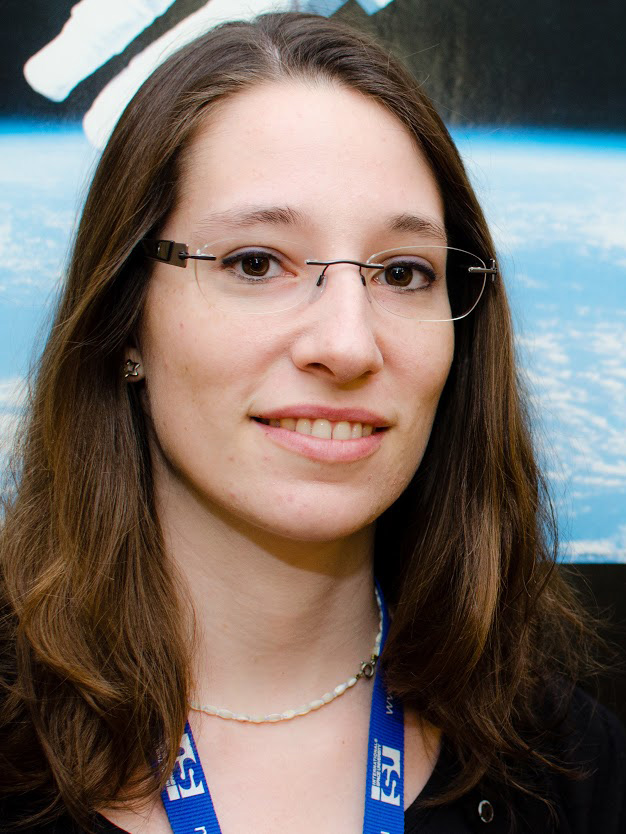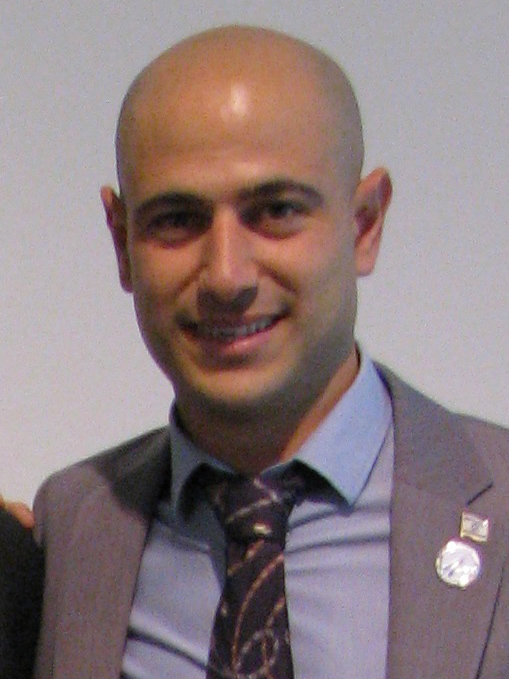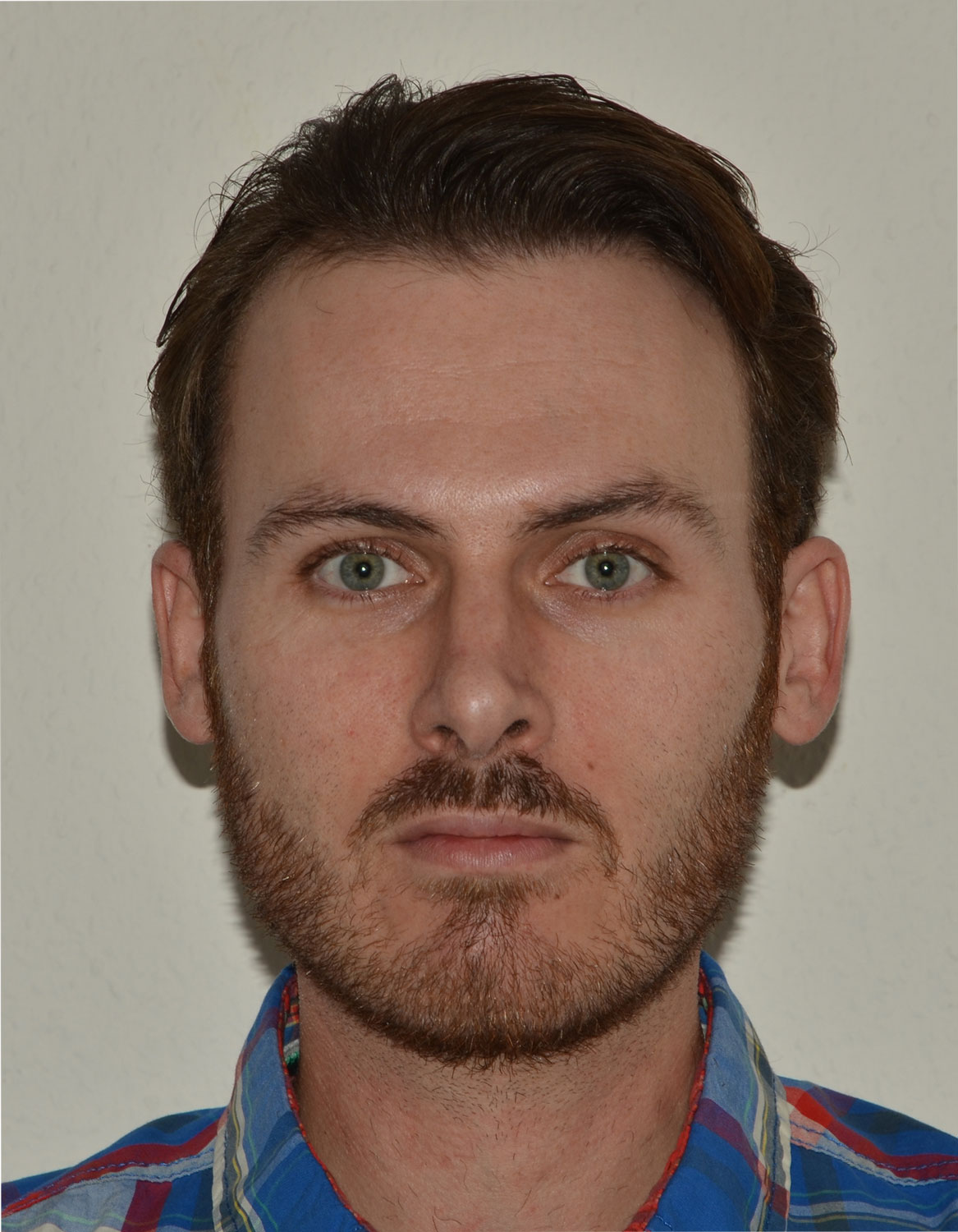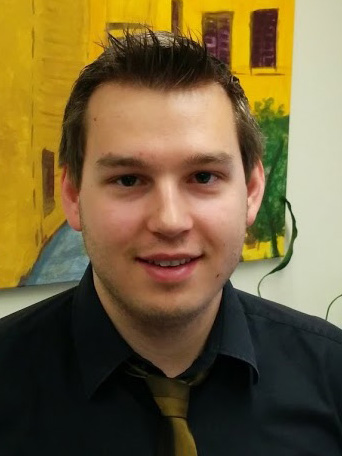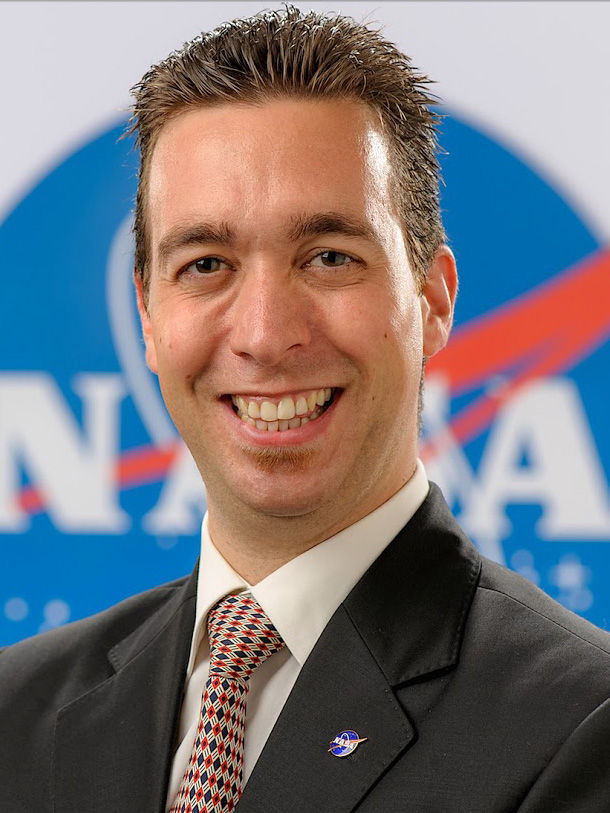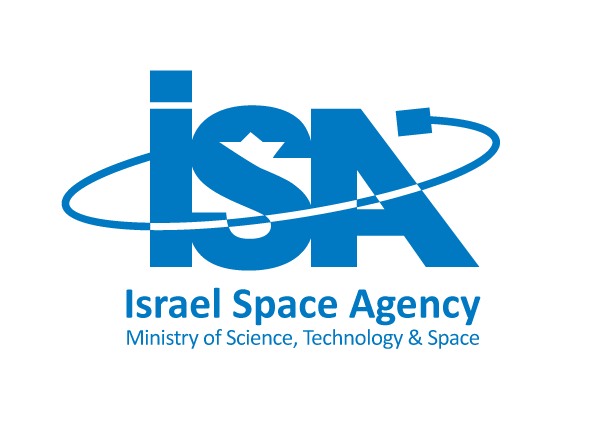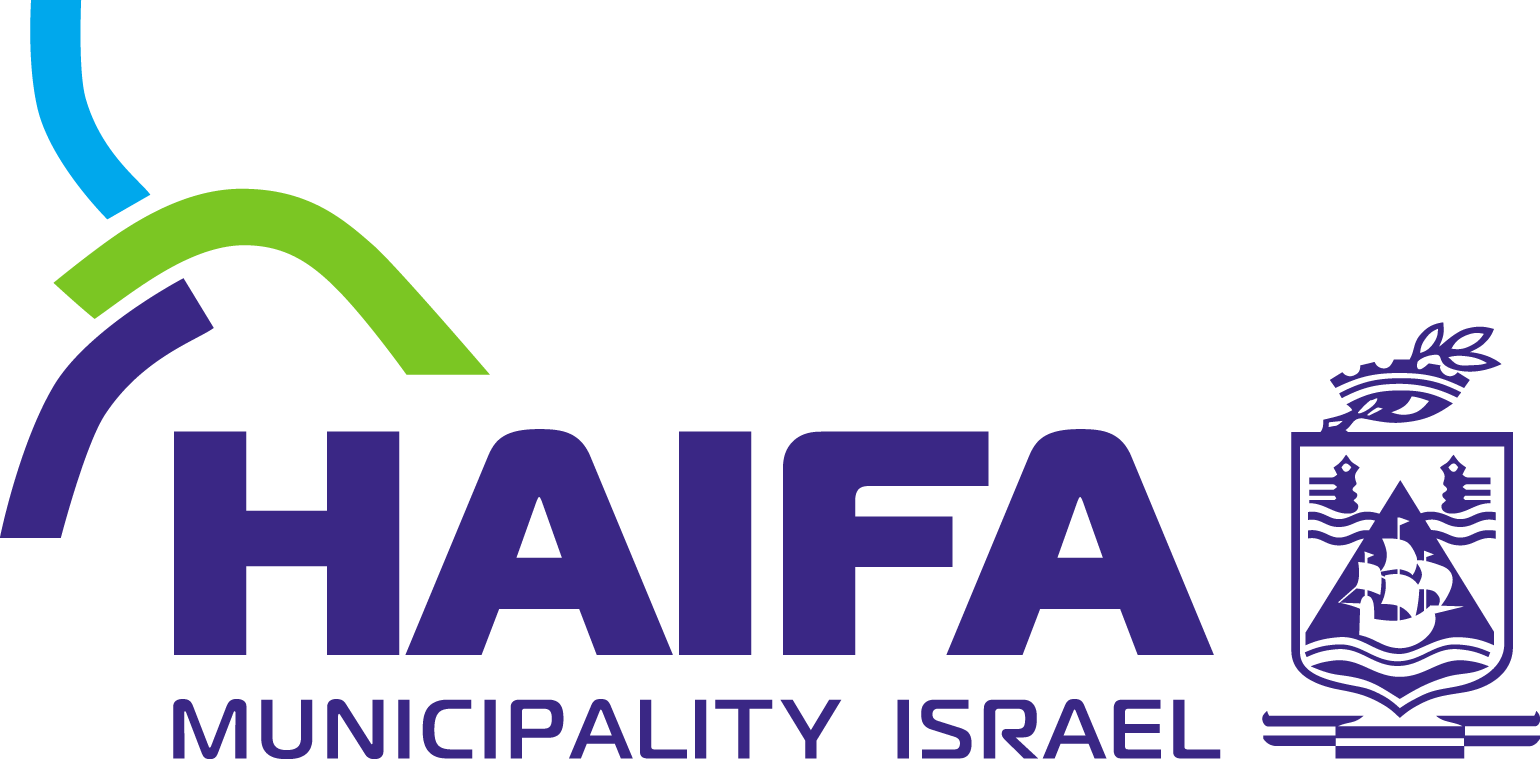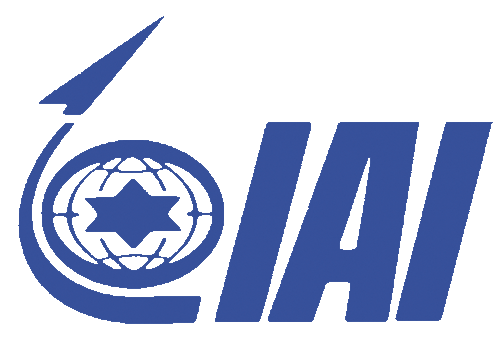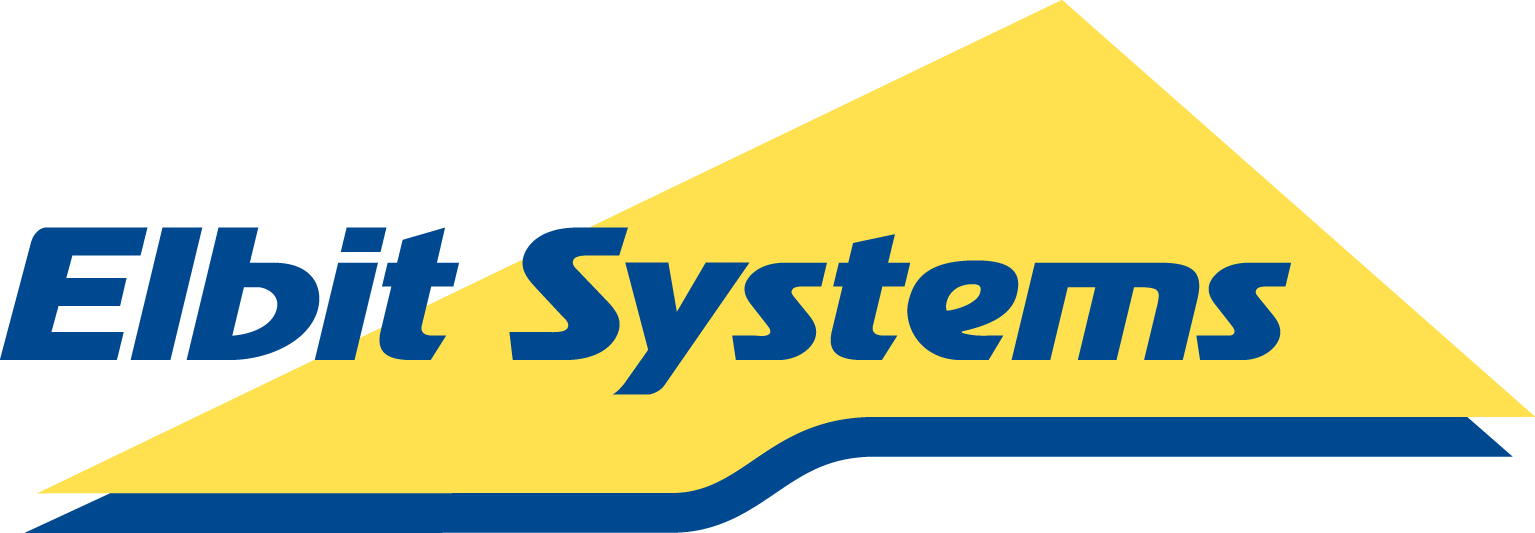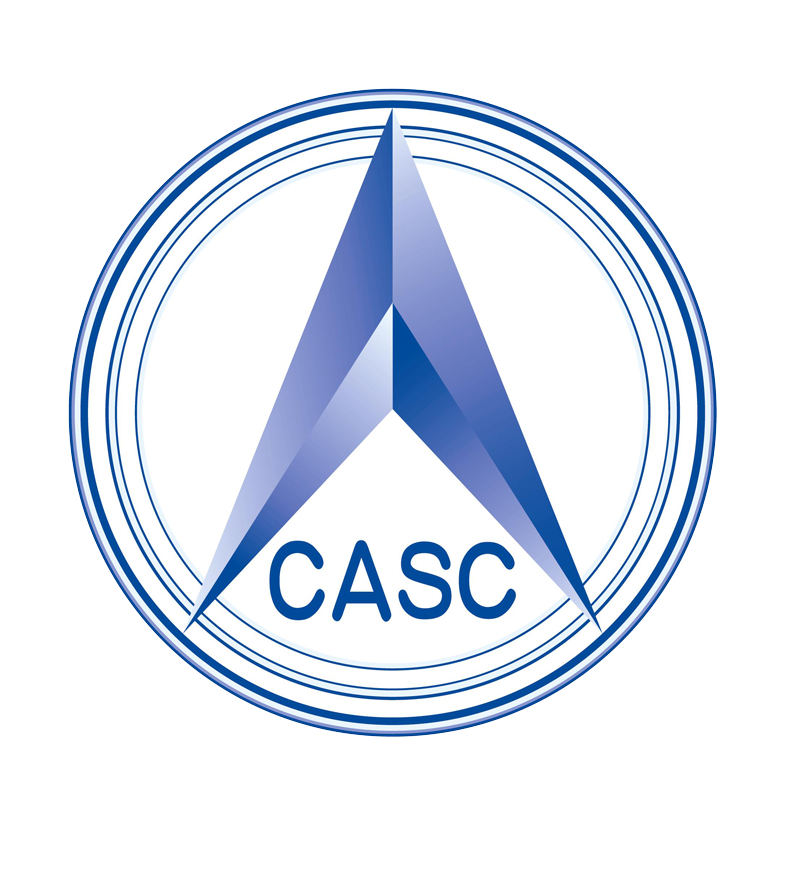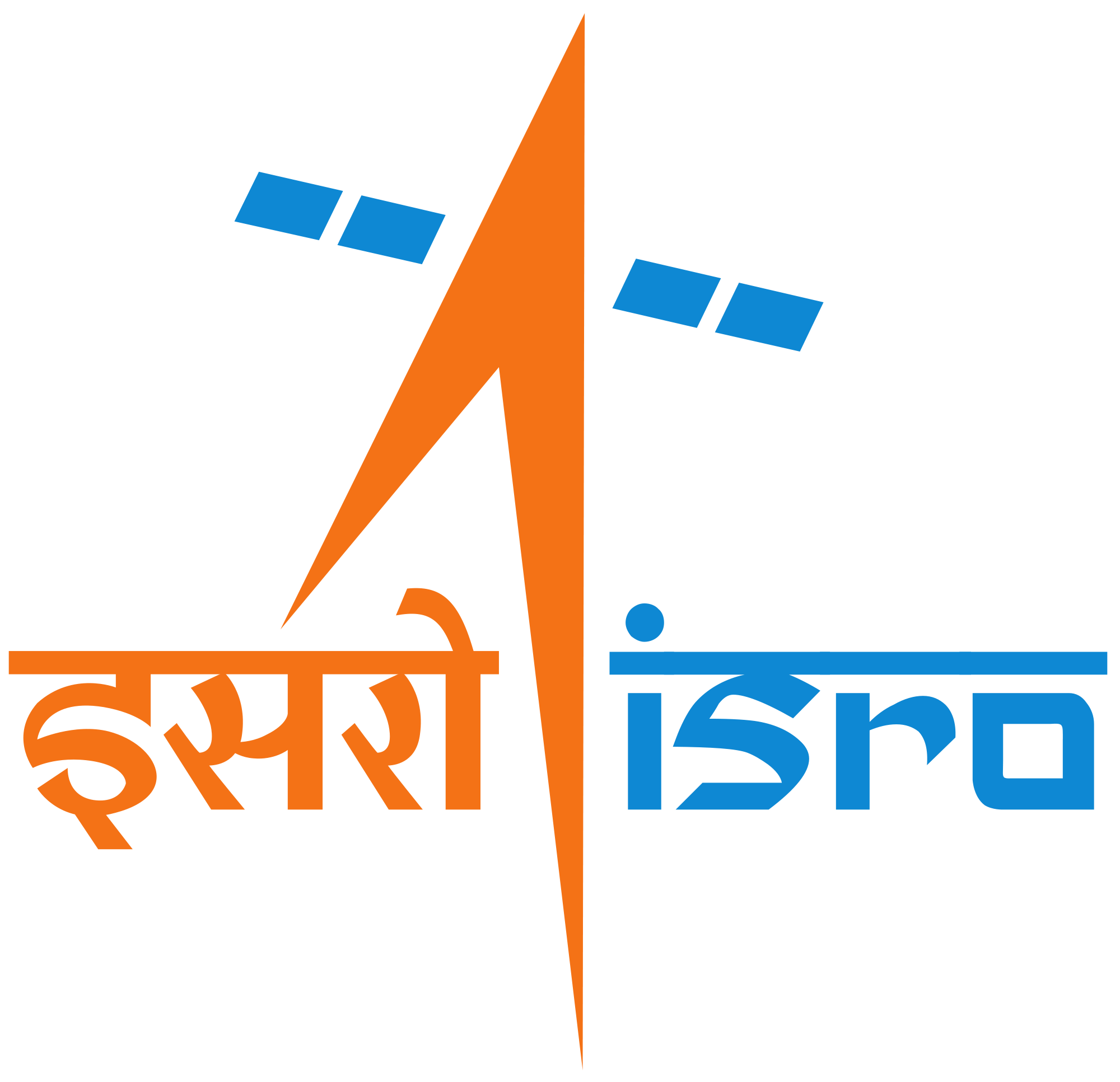Implications of New Discoveries in the Martian Environment
Introduction
Recent Mars missions have revealed a new perspective on the Martian geological and atmospheric environment, including an abundance of groundwater and the presence of regolith perchlorate concentrations. These findings may provide important resources for Human exploration and insight into Martian history while at the same time posing new challenges.
Water, and in particular flowing water, is important for life as we know it on Earth and an important resource for any future Human colony on Mars. While perchlorate may pose a significant hazard to future space missions, it may be potentially leveraged as a resource. By studying the origin and utilization of Mars environmental resources on Earth, we gain a better understanding of potential risk and use on Mars.
Background
Our species will visit and colonize Mars. As we analyze data from our current and past robotic missions to Mars, we get a new view of our neighbor, a view that includes both opportunities and risks.
Life, as we know it, and our species requires liquid water to sustain itself. When Italian astronomer Giovanni Schiaparelli observed Mars in the late 1800’s he observed a network of lines that were interpreted as canals. These interpretations changed as telescope resolution improved. In 1971, Mariner 9 returned images of dry riverbeds and canyons that seemed to indicate that water had existed on the Martian surface. Recently, analysis of rock samples examined by the Mars Exploration Rover Opportunity has confirmed an ancient wet environment that was favorable for microbial life. Analysis of data obtained by the Mars Reconnaissance Orbiter provided direct detection of water in the form of hydration of salts.
On Earth, perchlorate occurs both naturally and as a manufactured compound. Perchlorates are used extensively within the pyrotechnics industry, and ammonium perchlorate is also a component of solid rocket fuel. Perchlorate was detected by Phoenix as the perchlorate ion in solution. Reanalysis of the Viking Gas Chromatography Mass Spectrometer (GCMS) results implied its presence at the Viking sites. The Sample Analysis at Mars (SAM) instrument on Curiosity is detecting perchlorate by the release of oxygen and chlorinated organics when samples are heated.
The Mars environment presents both challenges and opportunities for space exploration and the potential for life. What will it take to make Humans on Mars a science reality and not science fiction? When will our species truly step out of our nest called Earth?
Objectives
- Review Mars geological and atmospheric environment with an emphasis on recent Mars environment findings.
- Study the implications of the new discoveries on future Human space exploration missions to Mars and how they can be used as in-situ resources for life support and habitability.
- Discuss the biological implications of the recent Mars findings on Space Biology, Astrobiology, Human health, terraforming and Synthetic Biology.
- Draft a Mars Human space exploration science and technology roadmap that outlines the priorities needed to further understand the potential use and effect of the new discoveries on crew and hardware.
- Produce a final report with recommendations that will inform decision makers and influence future Human space exploration missions to Mars.
Tasks
- Survey of current understanding of the Mars environment with an emphasis on new discoveries.
- Research the implications of the new discoveries based on Earth and space analogue observations and results.
- Review National and international Mars exploration goals set by various committees (MEPAG, ISECG, etc.)
- List the Mars environmental challenges and opportunities for Human space exploration.
- Review ISRU technologies and suggest new approaches utilizing the new discoveries, such as converting in-situ materials and 3D printing to support human space exploration
- Describe and suggest instrumentation for future Mars missions or strategize on mission designs around the presence of the new discoveries. (Optional)
- Discuss how the new discoveries affect us on Earth and potential national and international implications. (Optional)
- Produce a document that summarizes the findings and recommendations in a format that can inform decision makers and be used to develop a conference paper or position article.
 The International Space University (ISU) provides graduate-level training to the future leaders of the emerging global space community. This 29th Space Studies Program (SSP) was an eight week program that covered the main space related fields.
The International Space University (ISU) provides graduate-level training to the future leaders of the emerging global space community. This 29th Space Studies Program (SSP) was an eight week program that covered the main space related fields.

